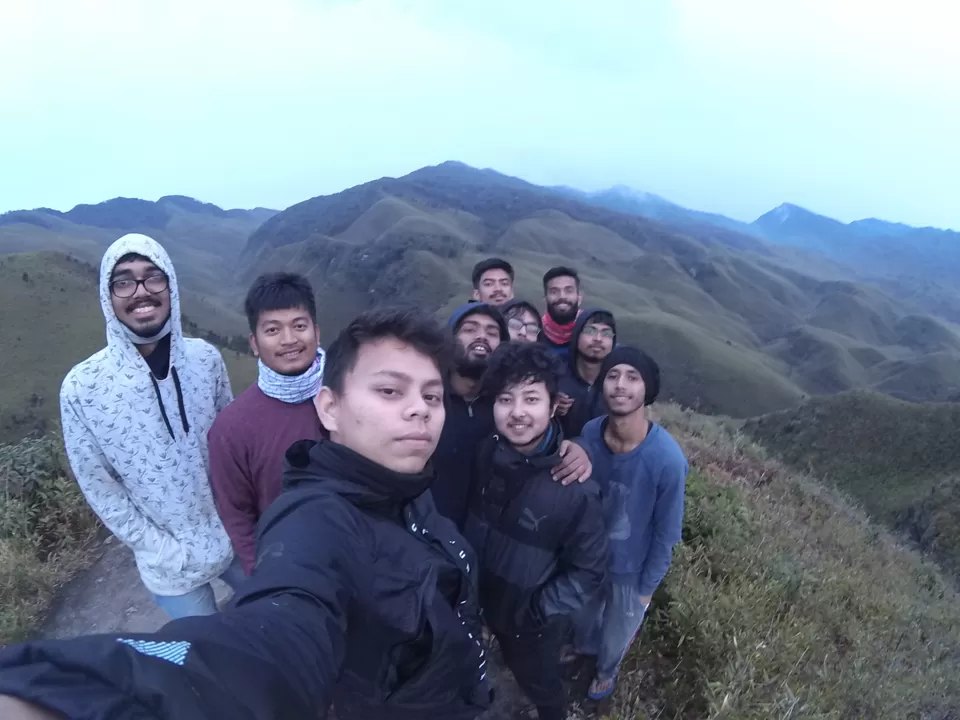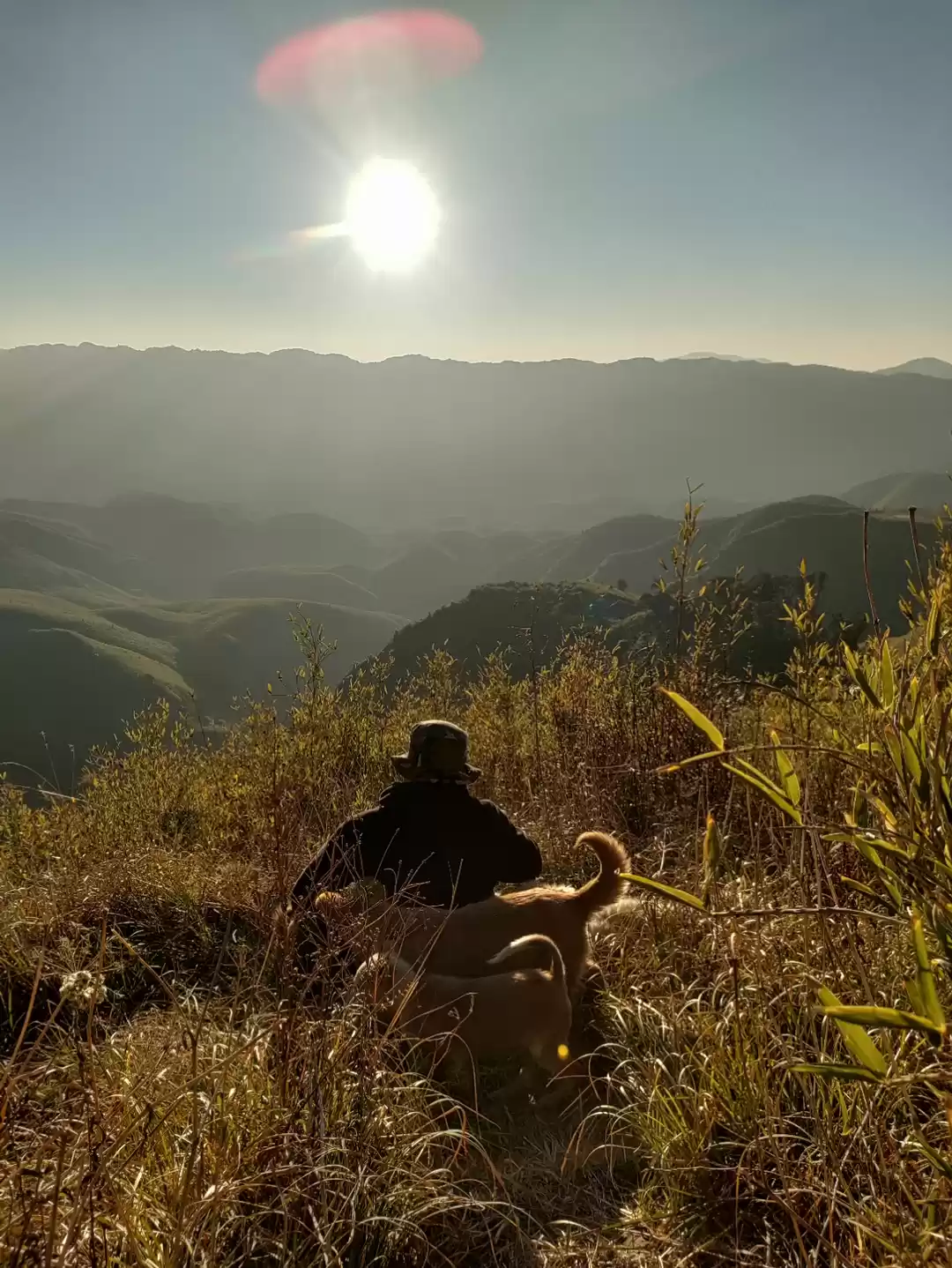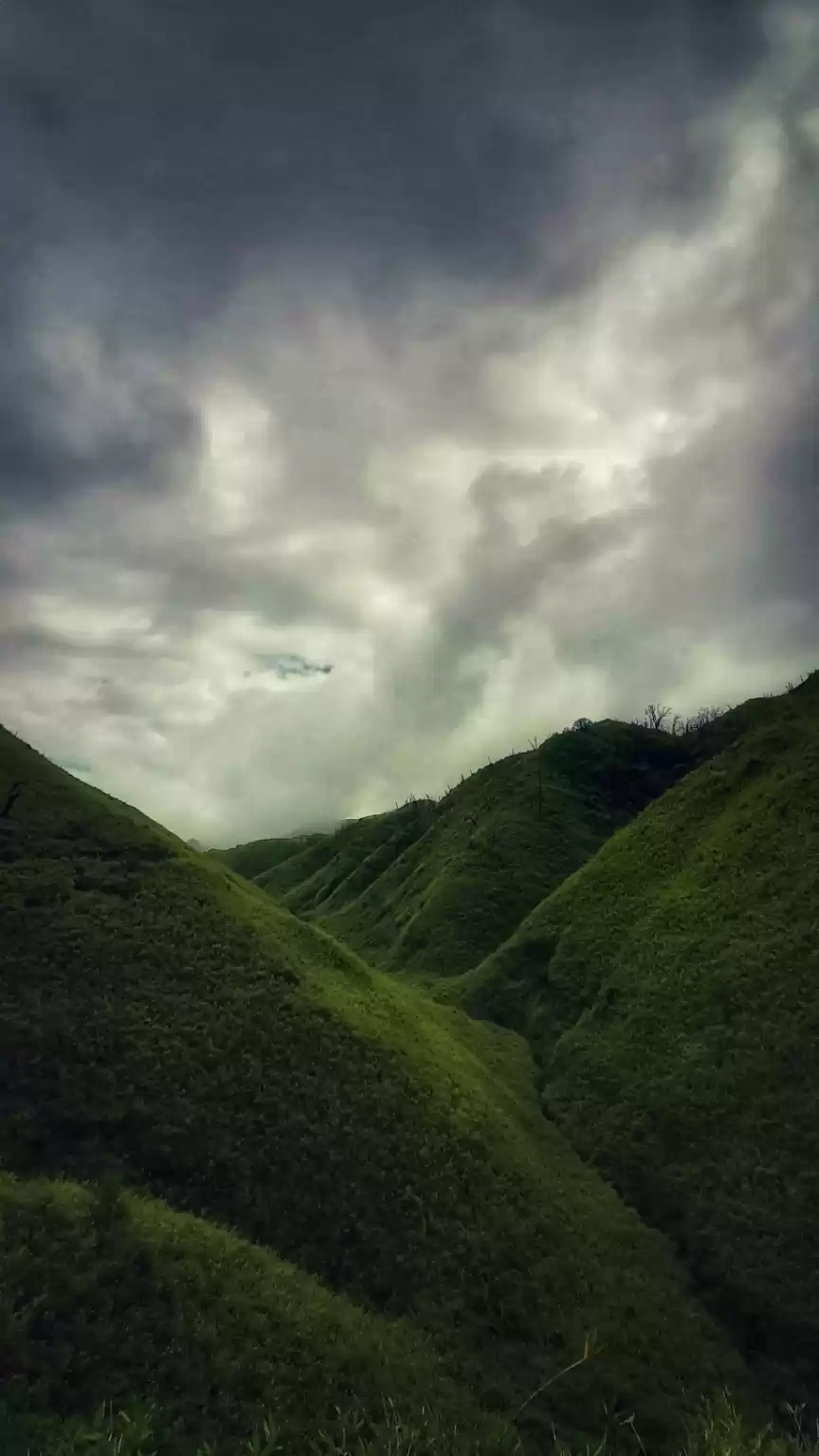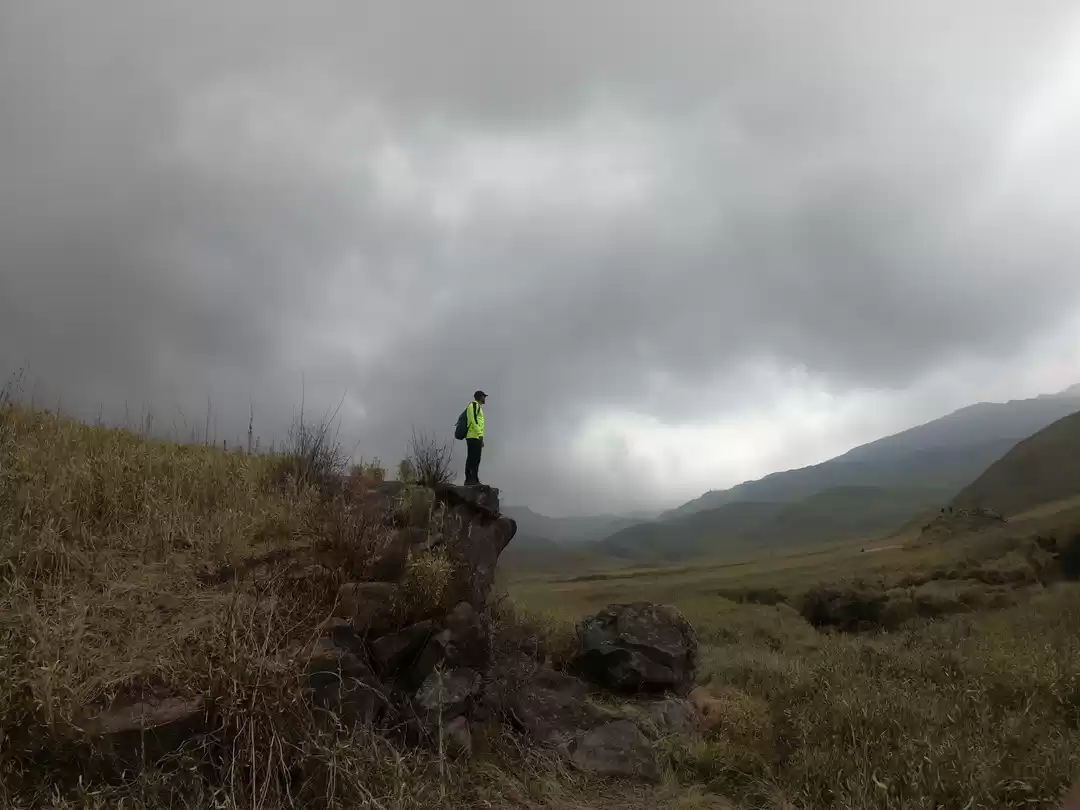
“Dzukou” is a buzz word in the travel community of India, mostly among the young backpackers community. Lush green forest, crystal clear water, colourful flowers and visual treat to the soul is what defines Dzukou aptly. This green paradise is sandwiched between the states of Manipur and Nagaland in North-East India at an altitude of more than 2500 metres making its way to the bucket list of thousands of adventure seekers.
●My motivation to visit this place !
--》I would like to call myself a Nemophilist and having heard of a place so rich in flora and fauna, it was tough to resist it’s call. Dzukou is also called the Valley of Flowers of the North-East. The rare Dzukou Lilly is found in this valley. This was enough to fuel my adrenaline tank and pack my bags for this green experience.
Incase you need more convincing…
Since, words can hardly do justice, so here’s some visual treats -






●How the opportunity arrived ?
--》 Dzukou is just few miles away from where we study, ie, Jorhat Town in Assam, so all we did was wait for a pleasant weekend and catch the train to Dimapur. To reach Dzukou, one must go via Dimapur. The nearest train station and airport are at Dimapur city. From Dimapur you can get zonal taxis to Kohima, the capital of Nagaland, from where Dzukou is just a 45 minute drive. The taxi stand is just beside the Dimapur Railway Station.
●Permissions needed to visit the Dzukou Valley ?
--》Visitors from the Indian mainland require an inner line permit to visit Nagaland, which maybe obtained from the Nagaland House in Kolkata, Guwahati or Dimapur. Foreign visitors need to register themselves at a local state government office in either Dimapur or Kohima.
●How did we travel to Dzukou?
--》Although it’s possible to get to the valley from Manipur, the main approach is from Nagaland. There are no amenities on the Manipur side, the trekking trail is much more arduous, and roads to the valley are also in poor condition. We therefore approached “Jungleflit”, a travel startup based in North-east, to map us out a customised itinerary for the whole trip. After reaching Kohima, it is preferable to halt for the day. The valley can be approached from two towns: Jakhama and Viswema. Jakhama (spelled Zakhama on Google Maps) is about 20 kilometers from Kohima, and Viswema about 25 kms. There are Sumos and Yellow vans in the city to get to both this places. There are few hotels in the city to spend the night but prices are on the higher side than rest of the mainland cities. The Jungleflit team had arranged for us the pickup from Kohima and we got to spend the night at their campsite at Zakhama Village where they cooked us a sumptuous Naga meal.
●How to approach the valley ?
--》 The Jakhama approach is more demanding, but takes less time. The Viswema approach is more gradual, but generally takes longer. There are perks of both. I would recommend taking the Viswema approach entering the valley, and exiting via the path to Jakhama. The path via Jakhama is lot steeper compared to the other. We had taken the Jakhama route which took us about 5 hours to reach the Dzukou Valley Base camp.
Here are some of the images from the tiring trek -




●The aftermath of the trek !
--》 The long walk amidst the green forest and along the never ending steps was a tough ask for us. After making hundreds of pit stops, we were beginning to doubt if it was a good idea for choosing the tougher Jakhama trail. For a relief to our shaky knees, after 5 hours of climbing a tough terrain we witnessed the “Dzukou Valley”. The vast panorama was a sight that is difficult to forget. It leaves you speechless and then turns you into a story-teller.
●How to enjoy the Dzukou Valley Experience ?
--》To really enjoy the rarefied atmosphere of the Dzukou Valley, one should pack enough camping equipment and stay overnight in the valley, amid all the lovely greenery and exquisite scenery which is what we actually did. The night was spent stargazing along with some good spicy food made in the bonfire itself. The morning was the best part, cool breeze and clean air where we enjoyed the lovely sights all around, perhaps meditated a bit too. We also explored the valley a bit more, sat beside the stream and experienced how beautiful life can be.

●When is the best time to visit the Dzukou Valley ?
--》 Dzukou Valley has its finest weather between June to September. The flowers in the Dzukou would be in full bloom, specially the lilies and the wild rhododendrons.September marks the beginning of Autumn and everything turns brown and stays that way until December. January brings in snow and then spring comes. Regardless of the season, you visit it in, the place offers breathtakingly beauty.


●Suggestions for future travellers !!
--》Majority of the Nagaland masses are church going christians and transportation is a huge mess during a sunday. There are no public taxis available on this day. This is a point you have to keep in mind before making your itinerary. Secondly, showers can come and go and can’t be predicted and also there is a vast temperature difference between the base and the valley. It is strange how your hands freeze when the temperature goes down, so my recommendation is to definitely carry gloves and raincoat whenever you trek to Dzukou along with a good pair of light shoes.
Singing off..
My group

p.s ~ I have also shared a photoblog on how to reach Dzukou. You can visit my profile and watch that too for more visual information!!

























